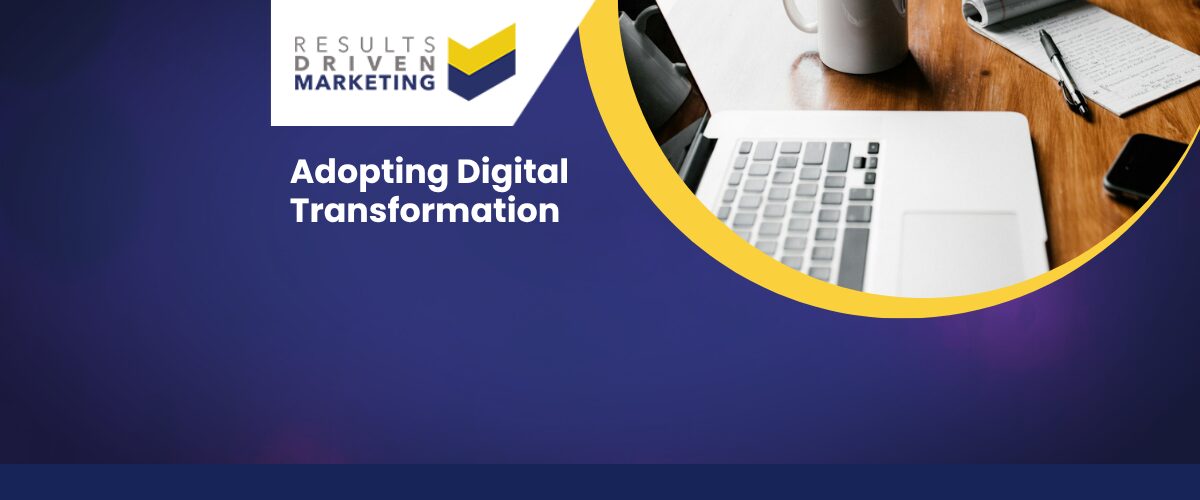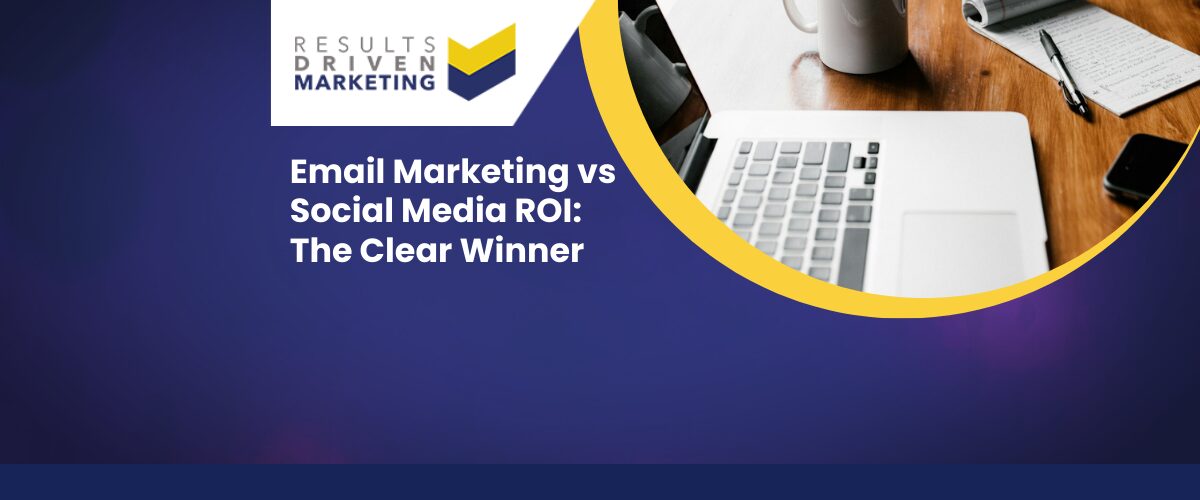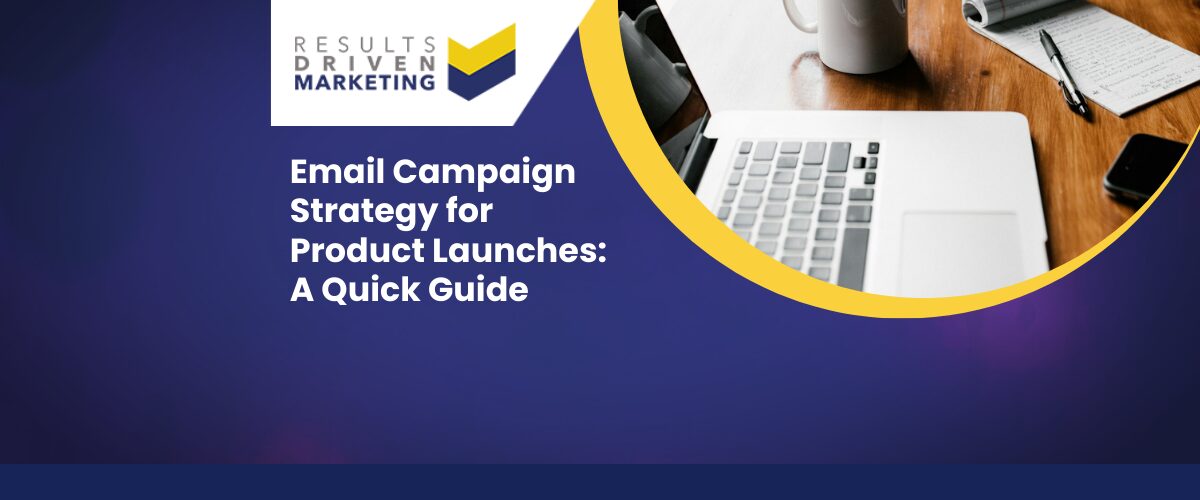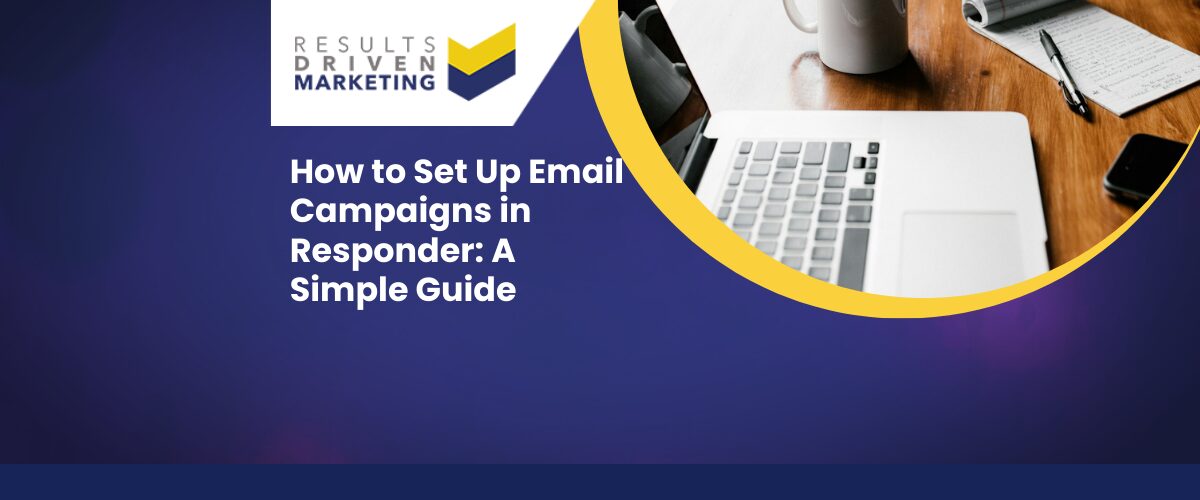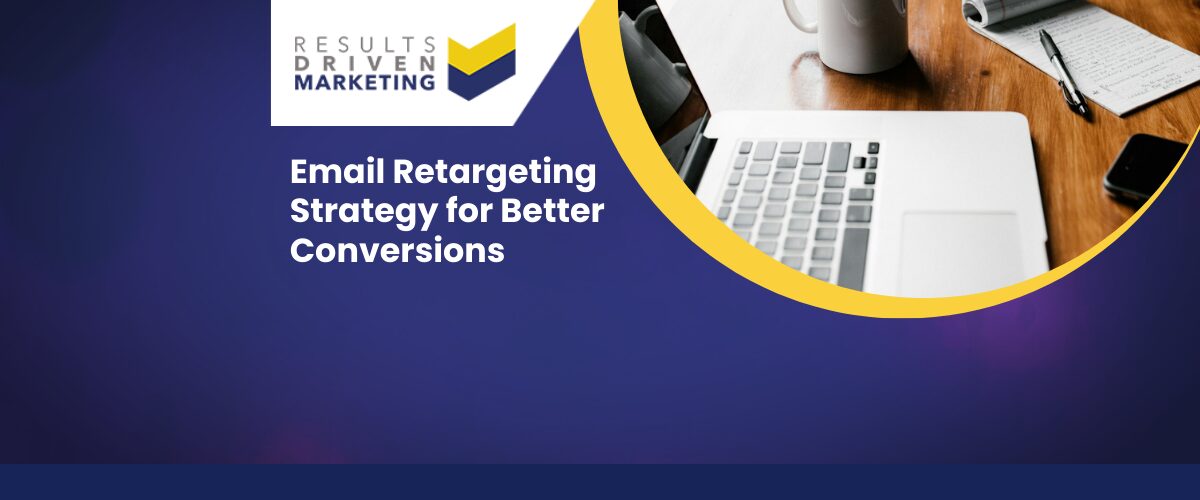
Email Retargeting Strategy for Better Conversions
Email retargeting strategy is one of the most effective ways to turn interest into action — yet many SMEs still overlook it. In B2B marketing, most prospects won’t buy or enquire after a single email. They might read your message, click a link, or even browse your website, but then get distracted and move on. Without a follow-up plan, those warm leads go cold fast.
Retargeting solves this by re-engaging people who have already shown interest. It’s about sending the right message, to the right person, at the right time — reminding them why they engaged with you in the first place and encouraging them to take the next step.
In this guide, we’ll break down how to build a retargeting strategy that boosts conversions, shortens your sales cycle, and maximises ROI. Every tactic is practical, measurable, and designed to help UK SMEs get better results from every campaign.
Table of contents:
What Is Email Retargeting and Why It Works
Email retargeting is a focused follow-up approach that targets people who have already interacted with your business but haven’t yet taken the final step. Unlike generic follow-up emails sent to an entire list, retargeting messages are personalised based on the recipient’s past behaviour — such as opening a previous email, clicking a link, or visiting your website.
The reason it works is simple: familiarity and relevance. The recipient already knows who you are, so you’re not starting from zero. You can reference their earlier interaction, making the message feel personal and timely.
For SMEs, this means:
-
Higher conversion potential because the recipient is already warm.
-
Shorter sales cycles as you’re building on existing interest.
-
Better ROI since you’re focusing effort on those most likely to buy.
When done well, email retargeting keeps you top-of-mind and moves prospects closer to saying “yes.”
When to Use Email Retargeting in B2B Sales
The timing of your email retargeting strategy is just as important as the content. You want to follow up while your business is still fresh in the recipient’s mind, but without appearing pushy. Here are some of the best moments to launch a retargeting email:
After Engagement Without Conversion
If someone opened your email, clicked through to your site, or downloaded a resource but didn’t take the next step, retargeting can help reignite their interest.
Abandoned Enquiries or Carts
Some prospects start filling in a contact form, request a quote, or add items to a cart but fail to complete. A timely reminder can bring them back to finish what they started.
Event or Webinar Follow-Up
If someone registered for an event or webinar — or even attended — but didn’t move forward, retargeting is a smart way to prompt further action while the topic is still relevant.
How to Build an Effective Email Retargeting Strategy
A strong email retargeting strategy starts with knowing exactly who you’re talking to, why you’re talking to them, and what you want them to do next.
Define Your Audience Segments
Not all warm leads are the same. Segment your audience based on behaviour — recent clickers, partial form completions, event attendees — so your follow-up is tailored to each group.
Craft Relevant Messaging
Reference the specific action they took to make the email personal. Show you understand their needs, and position your offer as the natural next step.
Set the Right Timing and Frequency
Send your retargeting email soon after their initial interaction while you’re still top of mind. One or two follow-ups are fine — more than that can feel pushy.
Align Offers to the Stage of the Buyer Journey
Early-stage prospects may need more educational content, while late-stage leads may respond better to a direct offer, discount, or clear call to book a call.
Writing Retargeting Emails That Convert
Once you know who you’re targeting and when, the next step is writing emails that turn interest into action.
Use a Strong Subject Line
Your subject line should catch their attention while reflecting relevance and urgency. Mention their previous interaction if possible — e.g., “About the report you downloaded…”
Lead with the Context
Start by reminding them of their earlier action. This immediately connects the dots and makes the email feel personal rather than generic.
Provide Clear Next Steps
Make it easy for them to take action with one direct call-to-action — whether that’s booking a meeting, completing a form, or requesting a quote. Avoid multiple asks.
Keep It Focused
A retargeting email should be short and to the point — no more than 150–200 words. Respect their time and keep the message clear.
Common Retargeting Mistakes to Avoid
Even the best-intentioned email retargeting strategy can fall flat if you make these common mistakes:
-
Being too pushy too soon: Give prospects space to decide — don’t flood their inbox with daily follow-ups.
-
Using the same email for everyone: A generic message feels impersonal and is less likely to convert. Tailor your content to their actions and needs.
-
Ignoring timing: Waiting too long can mean they’ve moved on; sending too quickly can feel intrusive.
-
Not testing content and offers: Without testing, you can’t be sure which subject lines, messaging, or CTAs work best.
-
Focusing only on selling: Deliver value, address concerns, and make your emails helpful as well as persuasive.
Avoiding these pitfalls will keep your retargeting campaigns professional, relevant, and conversion-focused.
Measuring and Improving Your Retargeting Campaigns
A good email retargeting strategy is never “set and forget.” Measuring performance allows you to see what’s working, what’s not, and where to make improvements.
-
Track key metrics: Focus on open rates, click-through rates, and most importantly, conversion rates.
-
Analyse by segment: Review performance across different audience groups to see which respond best.
-
Test and tweak: Experiment with subject lines, calls-to-action, send times, and content length.
-
Learn from patterns: Identify which approaches consistently deliver higher replies or conversions and build on them.
By regularly reviewing your campaign data, you can make smarter adjustments that improve engagement, shorten sales cycles, and ultimately drive more revenue from your retargeting efforts.
Why Choose Results Driven Marketing
At Results Driven Marketing, we know that a successful email retargeting strategy starts with accurate targeting. The best-crafted follow-up won’t work if it’s sent to the wrong people.
With over 12 years of experience in B2B marketing data, we help UK SMEs connect with the decision-makers most likely to engage and convert. Our clients benefit from:
-
Accurate targeting — sector-specific and role-based data to ensure relevance.
-
GDPR-compliant lists you can use with confidence.
-
Practical advice — guidance on crafting retargeting emails that deliver results.
-
Fast delivery — so you can act while interest is still high.
We don’t just supply data; we help you use it effectively to turn warm leads into profitable customers.
Taking Action — Turning Interest into Sales
Email retargeting is one of the most effective ways to convert warm leads into paying customers — but only if it’s done strategically. By targeting the right audience, sending timely and relevant follow-ups, and keeping your messaging clear, you can turn past engagement into real sales opportunities.
Start small by identifying a segment of prospects who have already interacted with your business. Test a short series of retargeting emails, track the results, and refine your approach. Over time, you’ll see how much more value you can get from contacts who might otherwise have gone cold.
At Results Driven Marketing, we can help you combine a well-planned email retargeting strategy with accurate, targeted email lists that reach the right decision-makers. Ready to boost conversions and close more deals? Contact us today for a free, no-obligation consultation.
Results Driven Marketing
IIB Trading Ltd, trading as Results Driven Marketing
Cobalt Business Exchange, Newcastle, UK
📞 0191 406 6399 | 🌐 rdmarketing.co.uk


